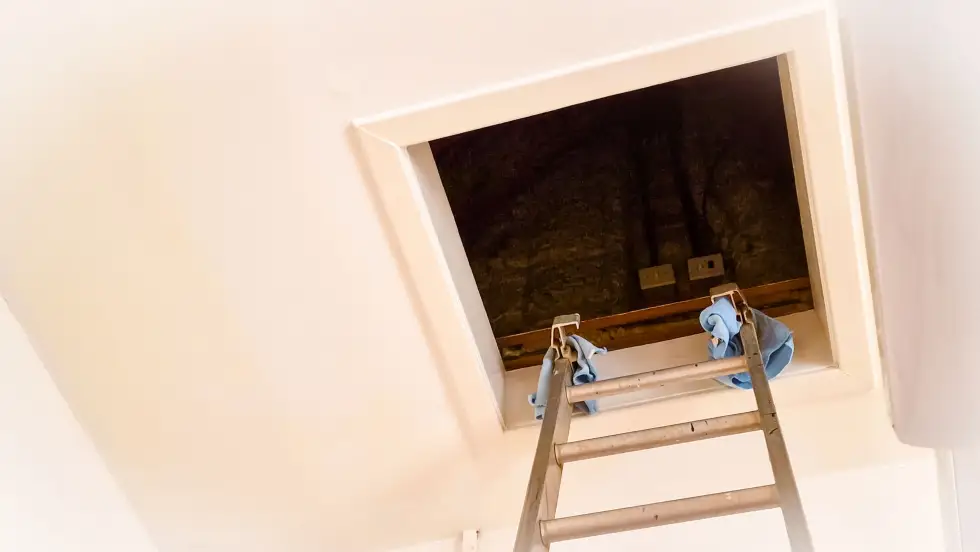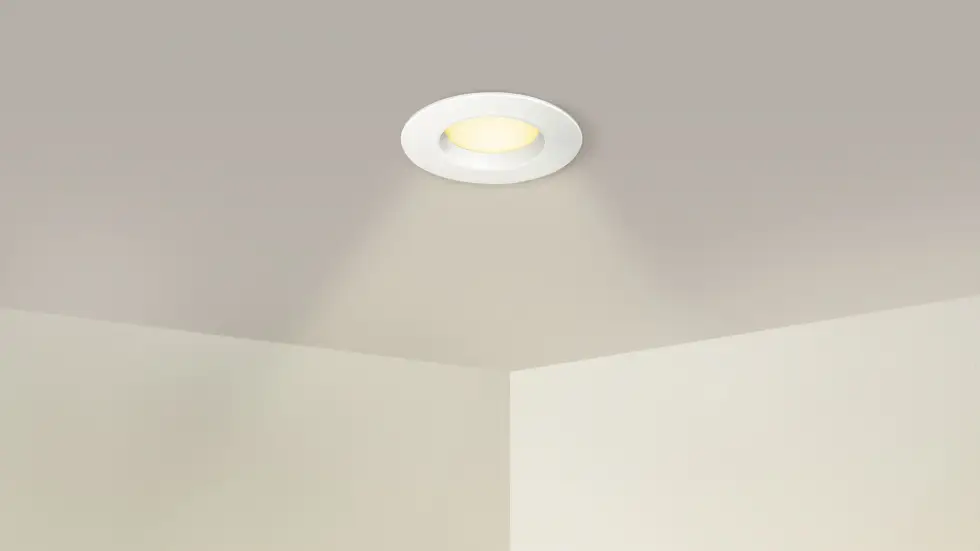What can I get funding for?
Insulation
Insulation helps keep heat in during winter and out during summer.
If you’re eligible, Warmer Kiwi Homes covers:
- 90% of the cost if you have a Community Services Card, SuperGold Combo card, or live in a high-need area
- 80% of the cost if you live in certain areas
- 50% of the cost if you live in a middle-income area
On average, insulation costs about $4,300. If you get the 50% grant, you would pay about $2,150.
A well-insulated home can save you up to $340 each year off your power bill.*
Heating
Heat pumps are a clean and efficient way to heat your home.
You may be able to get a 90% grant (up to $3,450) if you have a Community Services Card, SuperGold Combo card, or live in the highest-need areas.
The heating grant is only for people in most need. If your home is in a middle-income area, heating is not included.
How will I know if I'm eligible?
To qualify for an insulation grant:
- Own and live in a home built before 2008.
- Have a Community Services Card, SuperGold Combo card, or live in an area identified as low- to middle-income (use the eligibility checker(external link) to see if your address qualifies)
- Your home doesn't already have ceiling and underfloor insulation. (If you had an insulation grant for a previous house, no worries, you can apply for a grant at your current home.)
To qualify for a heater grant:
- Own and live in a home built before 2008.
- Have a Community Services Card, SuperGold Combo card, or live in an area identified as low income.
- Have ceiling and underfloor insulation installed to EECA standards. If your home has been insulated through a Government insulation programme, we'll confirm it when you apply for a heater grant. Otherwise, an EECA insulation provider will do a quick check, at no cost to you.
- Your home doesn't already have one of the following fixed heaters that is operational in any living area of the house: heat pump, wood or pellet burner, flued gas heater or central heating system. If your home has one of these heater types, it is not eligible for a heating grant.
How does the process work?
-
1. Check your eligibility
Checking your eligibility is quick and easy. You will need to answer some questions about your home. If you are eligible, the online form will suggest insulation and heating service providers who will contact you to arrange the next steps.
-
2. An installer will provide a quote
They will contact you to arrange a free, no obligation quote and let you know about payment options or extra funding available to you.
-
3. Arrange installation
If you would like to go ahead, arrange a time directly with the installer. You’ll need to sign a contract and pay the non-funded portion of the cost directly to them.
-
4. Enjoy your warm, dry home
You and your whānau deserve a healthy, comfortable home, without spending more on your power bills.
How much does it cost?
-
Insulation
On average, an insulation retrofit costs about $4,300. If you qualify for the 50% grant, you could pay about $2,150. With an 80%-90% grant, expect to pay between $280 and $800, depending on the size of the house and whether you need ceiling or underfloor insulation, or both.
-
Heat pump
If eligible, expect the amount you need to pay to be $400-$700. This will depend on the size and brand of the heat pump. Heat pumps provide instant heat and temperature control with a thermostat, and have low running costs if used properly. Your unit will be sized to heat the room it’s installed in, not the whole house.
-
Wood burner
Expect the amount you pay to be $2000-$5000. The price will depend on the type of wood burner – some regions require ultra-low-emission burners, which are more expensive than low-emission burners. Wood burners require dry firewood stored in a sheltered space, ideally for at least 12 months, and have low running costs, even if you need to buy firewood.
-
Pellet burner
Expect the amount you pay to be $2000-$5000. The price will depend on the type of pellet burner and construction work required to install. A pellet burner provides instant heat and temperature control with a thermostat. You will need to buy pellets and store them in a dry space.
Change to Warmer Kiwi Homes wood and pellet burner grants
From 9 January 2026, Warmer Kiwi Homes will no longer accept new applications for grants for wood and pellet burners.
Any existing quotes for wood or pellet burners must be accepted by 27 February 2026 for the grant to apply.
Warmer Kiwi Homes grants will continue to be available for heat pumps, which generally provide better energy efficiency and health outcomes for most households.
You can still choose to install a wood or pellet burner if that suits your home – it just won’t be funded through Warmer Kiwi Homes after these dates.
Use our eligibility tool to see if you qualify for support with a heat pump.
Community support
In the calculations above we've included the expected costs remaining after the Warmer Kiwi Homes grant funding, but in many areas, community organisations offer extra funding to top up Warmer Kiwi Homes grants, which could mean you pay even less, or nothing at all.
If this is available in your area, the service provider will let you know when your home is assessed.
What else could I qualify for?
-

Funding for access work
Funding is now available for situations that would normally prevent the installation of insulation in a ceiling or underfloor space:
- Creating access to inaccessible ceiling and underfloor areas.
- Repairing minor leaks in a roof space or underfloor area.
- If necessary, funding is available for heat pump Service Providers to carry out minor repairs on the home’s earthing system so a heater can be safely installed.
Funding for minor repairs and downlights is only available if the home is assessed as needing insulation or a heat pump installation in case of an earthing issue.
-

LED downlights
Funding is also available for the replacement of older-style downlights that cannot be covered by insulation with newer, safer, and more energy efficient LED downlights. Get in touch with the Service Provider you choose to work with for more details.
Funding for minor repairs and downlights is only available if the home is assessed as needing insulation or a heat pump installation in case of an earthing issue.
What next?
Use our online eligibility checker to find out if you qualify for a Warmer Kiwi Homes grant. It only takes five minutes.
For questions about Warmer Kiwi Homes, call us on 0800 749 782.


